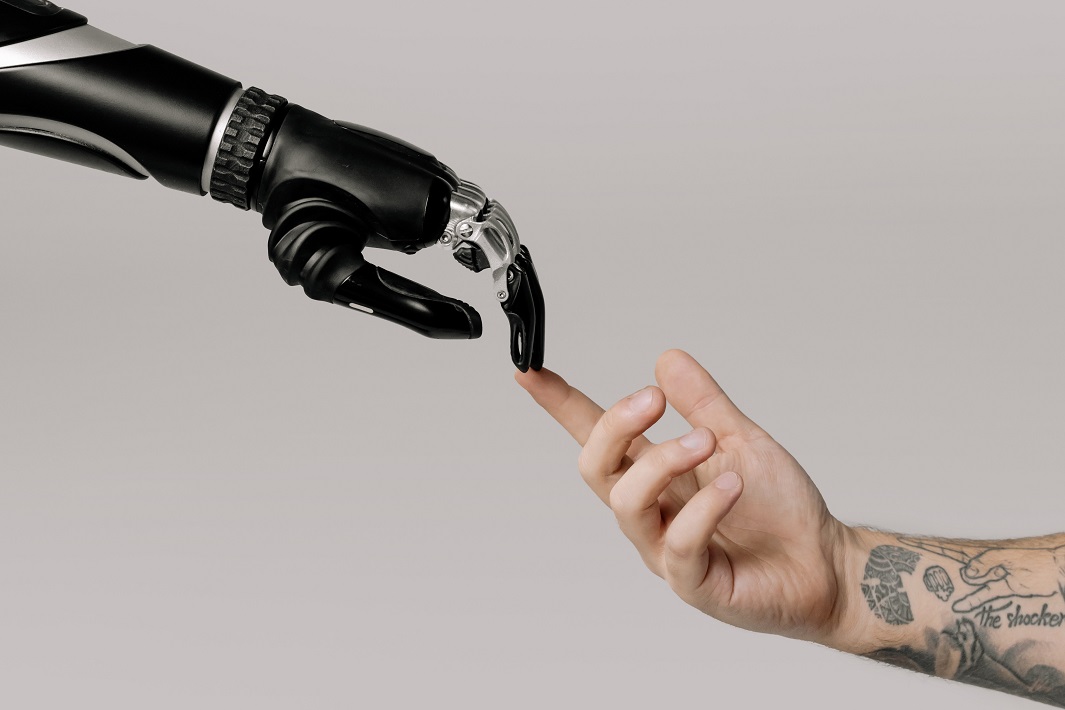Introduction on Artificial Intelligence:
In today’s rapidly evolving world, the realm of health, safety, and environment (HSE) management is undergoing a profound transformation, driven by the remarkable advancements in Artificial Intelligence (AI) technology. With its ability to analyze vast amounts of data, identify patterns, and make informed decisions, AI is revolutionizing the way organizations approach HSE practices. This article explores the pivotal role of AI in the HSE domain and its potential to enhance workplace safety, environmental sustainability, and overall risk management.
AI has emerged as a game-changer, empowering HSE professionals with powerful tools to tackle complex challenges. By leveraging machine learning algorithms, AI systems can proactively detect and predict safety hazards, enabling organizations to take preemptive measures and mitigate risks before they escalate. Furthermore, its capacity to process real-time data from various sources, such as sensors, wearables, and environmental monitors, enables swift identification of potential hazards, optimizing response time and reducing accidents.
Moreover, AI-driven analytics provide organizations with valuable insights into their HSE performance, facilitating data-driven decision-making and strategic planning. By examining historical data and analyzing patterns, AI systems can identify underlying causes of incidents, allowing companies to implement targeted interventions and preventive measures. This proactive approach not only enhances employee safety but also drives operational efficiency, cost savings, and regulatory compliance.
As we delve deeper into the transformative potential of AI in the HSE domain, this article will explore specific applications of AI, including predictive analytics, real-time monitoring, and autonomous systems. We will also address potential challenges and ethical considerations associated with the integration of AI in HSE practices. The convergence of AI and HSE holds immense promise, and by embracing these technological advancements, organizations can create safer, healthier, and more sustainable work environments for their employees.

AI in Safety Monitoring and Incident Prevention:
Artificial intelligence plays a pivotal role in safety monitoring and incident prevention within HSE. By utilizing machine learning algorithms and real-time data analysis, AI systems can identify patterns, anomalies, and potential hazards that may pose risks to workers’ safety. These systems can continuously monitor various parameters, such as equipment performance, environmental conditions, and employee behavior, enabling early detection of potential safety issues. Proactive measures can then be implemented to prevent accidents and ensure a safer work environment.
Predictive Analytics and Risk Assessment with Artificial Intelligence:
AI-powered predictive analytics has emerged as a valuable tool for risk assessment in HSE. By analyzing vast amounts of historical data, Artificial Intelligence (AI) algorithms can identify patterns and correlations that humans might overlook. This enables HSE professionals to identify high-risk areas, predict potential incidents, and allocate resources more effectively. With accurate risk assessment, organizations can prioritize preventive measures and allocate resources efficiently, reducing the likelihood of accidents and improving overall safety performance.
Virtual Reality (VR) and Simulation:
Virtual reality (VR) and simulation technologies, coupled with Artificial Intelligence, have transformed safety training within the HSE domain. AI algorithms can generate realistic scenarios and simulate hazardous situations, allowing workers to practice response strategies in a controlled environment. VR-based training programs enable employees to develop critical skills, experience potentially dangerous situations, and make informed decisions without exposing themselves to real-world risks. This approach enhances training effectiveness and prepares workers to handle complex and hazardous scenarios more efficiently.
Autonomous Systems and Robotics:
AI-driven autonomous systems and robotics have gained prominence in HSE, especially in high-risk industries such as oil and gas, manufacturing, and construction. These intelligent systems can perform tasks that are dangerous or physically demanding for humans. Equipped with sensors and Artificial Intelligence algorithms, autonomous robots can navigate hazardous environments, inspect equipment, and detect potential safety hazards. By deploying autonomous systems, organizations can reduce human exposure to risks and enhance overall operational safety.
Data Analytics and Decision Support:
The massive amounts of data generated within HSE can be challenging to analyze and interpret effectively. AI-powered data analytics tools enable organizations to process and derive meaningful insights from this data. By leveraging AI algorithms, HSE professionals can identify trends, uncover hidden patterns, and gain a deeper understanding of safety performance. These insights facilitate evidence-based decision-making, leading to more proactive and effective safety strategies.

Conclusion:
Artificial intelligence has revolutionized the field of HSE, bringing about significant improvements in safety monitoring, risk assessment, training, and decision support. By harnessing the power of AI, organizations can enhance safety measures, prevent incidents, and optimize HSE processes. As AI continues to evolve, it holds immense potential to further transform the HSE landscape, making workplaces safer, more efficient, and sustainable.
At HSE Smart Solutions we are always searching to bring all new futures to continuously improve our activity and by this way to improve the HSE management of our partners as well.

Comments
One response to “Artificial Intelligence in HSE: Enhancing Safety and Efficiency”
[…] accidents, equipment failure, or environmental damage. Utilizing advanced technologies such as artificial intelligence (AI) and machine learning (ML) can enhance risk assessment capabilities, enabling predictive […]